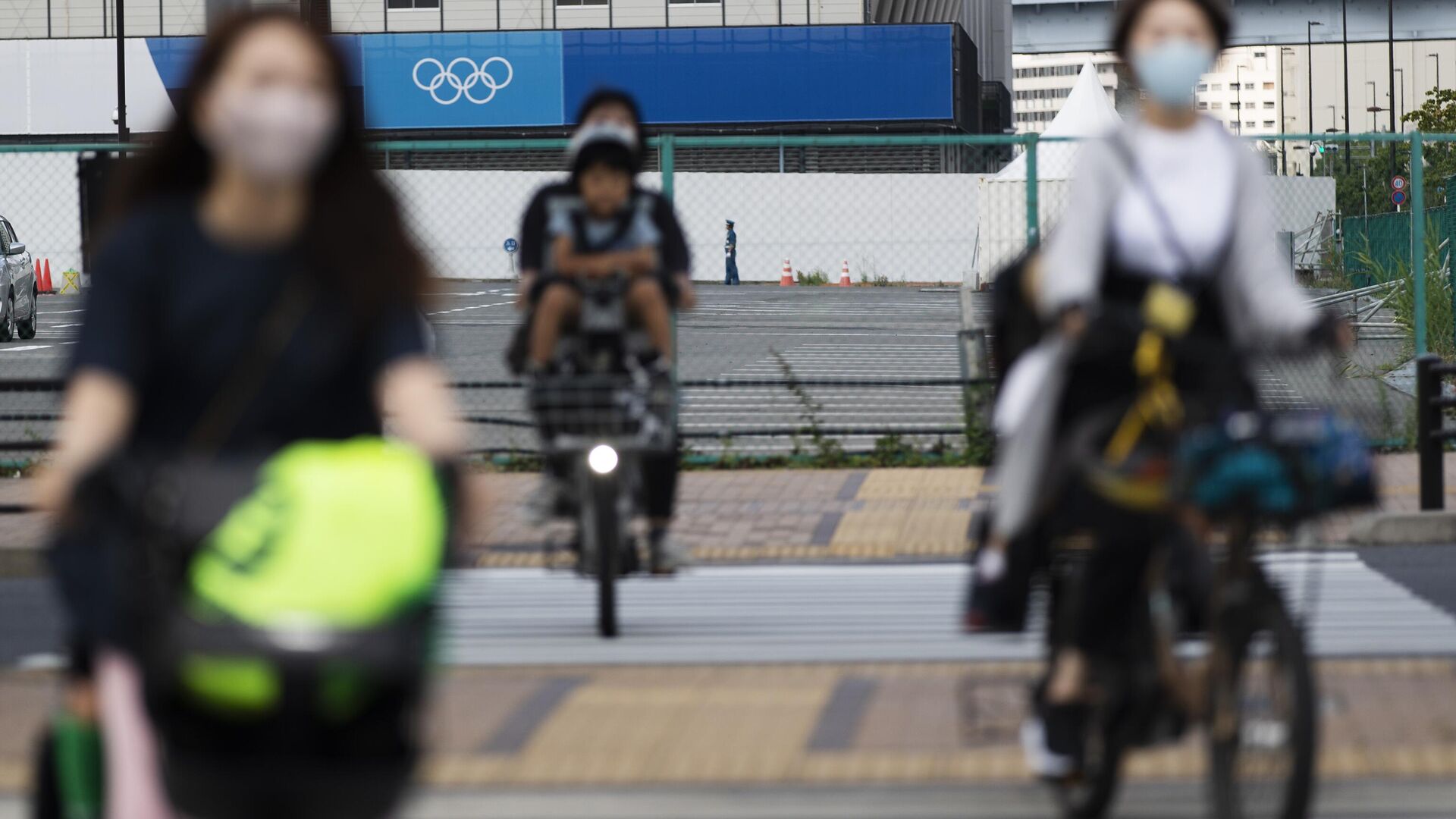https://sputnikglobe.com/20230727/japans-population-suffers-record-drop-as-all-47-prefectures-report-steep-decline-1112170950.html
Japan's Population Suffers Record Drop as All 47 Prefectures Report Steep Decline
Japan's Population Suffers Record Drop as All 47 Prefectures Report Steep Decline
Sputnik International
Every Japan prefecture recorded a decline in population in 2022, with the total number falling by nearly 800,000, as revealed by data from the country's internal affairs ministry.
2023-07-27T02:43+0000
2023-07-27T02:43+0000
2023-07-27T02:51+0000
asia
japan
east asia
depopulation
population decline
population
https://cdn1.img.sputnikglobe.com/img/07e6/0c/14/1105644520_0:160:3073:1888_1920x0_80_0_0_817e9ab58b048ff48bd9124755b129a4.jpg
Japan's population plummeted in all 47 of its prefectures for the very first time as the number of nationals fell below 800,000 people, figures released by the Japanese government revealed on Wednesday.The latest data shows that deaths in Japan reached a record high of over 1.56 million in 2022, while there were just 771,000 births during the same period. Even a substantial increase in foreign residents of over 10%, bringing the total to 2.99 million, could not halt the overall slide in Japan's population. The population has been declining for 14 consecutive years, reaching 122.42 million in 2022.Japan's aging population is already having a significant impact on various aspects of society. More than half of all municipalities are designated as depopulated districts, schools are closing down, and over 1.2 million small businesses have owners who are around 70 years old and have no successor.Moreover, even Japan's underworld, represented by the organized crime syndicate Yakuza, has been affected, with a majority of its members being over 50 and the number of gangsters in their 70s surpassing those in their 20s. Additionally, senior porn has become a growing niche, featuring silver stars in their 60s, 70s and even 80s.In an effort to address the population challenges, Japan launched the new Children and Families Agency on April 1, 2022. The effort encompasses all related issues, including the birthrate, within one entity. The government has also pledged to double spending on childcare and allowances to reach 4% of GDP. However, previous efforts to provide childcare and education subsidies have had limited success in increasing the birthrate.Nevertheless, approximately 300 small towns in Japan have achieved significant increases in births through a combination of generous financial incentives and policies aimed at creating more child-friendly environments. The towns are believed to have likely benefitted from migration from other areas by individuals who were already planning to have families.However, even towns highlighted as successful examples, such as Nagi in the Okayama prefecture, have witnessed a slight dip in their birth rates in recent years.Although Japan's population decline began earlier than that of other countries, reaching its peak in 2008, declines in fertility rates have been steeper in other parts of East Asia. South Korea has the world's lowest rate at just 0.78 births per woman. These trends highlight the challenges faced by countries in the region in ensuring sustainable population growth.
https://sputnikglobe.com/20230705/iaea-boss-tours-fukushima-ahead-of-impending-ocean-release-of-contaminated-water-1111672426.html
https://sputnikglobe.com/20230613/japan-approves-1st-national-strategy-on-space-security---reports-1111103174.html
japan
east asia
Sputnik International
feedback@sputniknews.com
+74956456601
MIA „Rossiya Segodnya“
2023
News
en_EN
Sputnik International
feedback@sputniknews.com
+74956456601
MIA „Rossiya Segodnya“
Sputnik International
feedback@sputniknews.com
+74956456601
MIA „Rossiya Segodnya“
japan, how many people is there in japan, how bad is demography in japan, depopulation in japan, japanese depopulation problem, japan population crisis, japanese depopulation record, japan population loss, population loss in east asia
japan, how many people is there in japan, how bad is demography in japan, depopulation in japan, japanese depopulation problem, japan population crisis, japanese depopulation record, japan population loss, population loss in east asia
Japan's Population Suffers Record Drop as All 47 Prefectures Report Steep Decline
02:43 GMT 27.07.2023 (Updated: 02:51 GMT 27.07.2023) New population figures in Japan mark two new unwelcome records for a nation sailing into uncharted territory in terms of demographics, but one that many other countries are also expected to face in the future.
Japan's population plummeted in all 47 of its prefectures for the very first time as the number of nationals fell below 800,000 people, figures released by the Japanese government revealed on Wednesday.
The latest data shows that deaths in Japan reached a record high of over 1.56 million in 2022, while there were just 771,000 births during the same period.
Even a substantial increase in foreign residents of over 10%, bringing the total to 2.99 million, could not halt the overall slide in Japan's population. The population has been declining for 14 consecutive years, reaching 122.42 million in 2022.
Japan's aging population is already having a significant impact on various aspects of society. More than half of all municipalities are designated as depopulated districts, schools are closing down, and over 1.2 million small businesses have owners who are around 70 years old and have no successor.
Moreover, even Japan's underworld, represented by the organized crime syndicate Yakuza, has been affected, with a majority of its members being over 50 and the number of gangsters in their 70s surpassing those in their 20s. Additionally, senior porn has become a growing niche, featuring silver stars in their 60s, 70s and even 80s.
In an effort to address the population challenges, Japan launched the new Children and Families Agency on April 1, 2022. The effort encompasses all related issues, including the birthrate, within one entity.
The government has also pledged to double spending on childcare and allowances to reach 4% of GDP. However, previous efforts to provide childcare and education subsidies have had limited success in increasing the birthrate.
Nevertheless, approximately 300 small towns in Japan have achieved significant increases in births through a combination of generous financial incentives and policies aimed at creating more child-friendly environments. The towns are believed to have likely benefitted from migration from other areas by individuals who were already planning to have families.
However, even towns highlighted as successful examples, such as Nagi in the Okayama prefecture, have witnessed a slight dip in their birth rates in recent years.
It is important to note that Japan is not alone in experiencing a decline in birth rates. The average fertility rate for wealthy nations that make up the Organization for Economic Cooperation and Development group is 1.66, well below the replacement rate of 2.1 required to maintain population numbers.
Although Japan's population decline began earlier than that of other countries, reaching its peak in 2008, declines in fertility rates have been steeper in other parts of East Asia. South Korea has the world's lowest rate at just 0.78 births per woman. These trends highlight the challenges faced by countries in the region in ensuring sustainable population growth.




